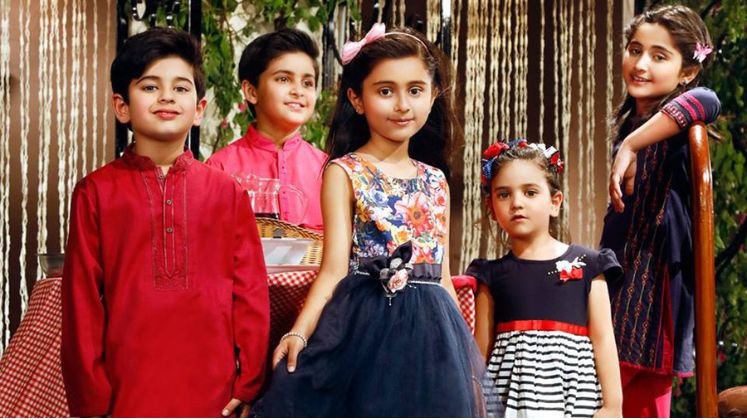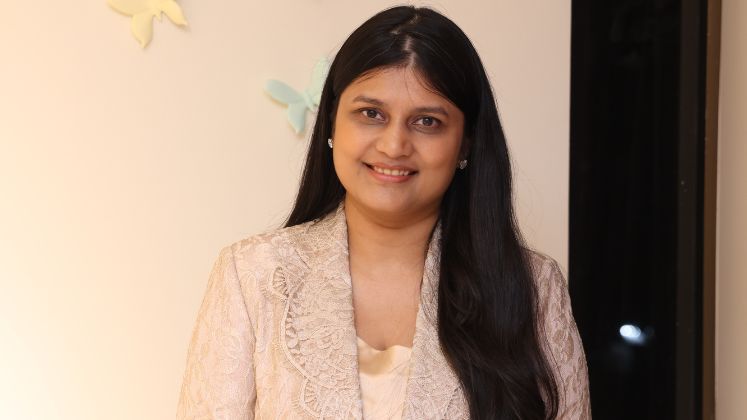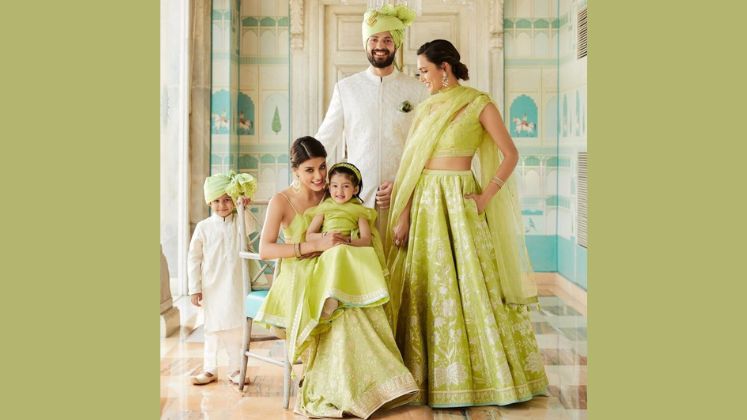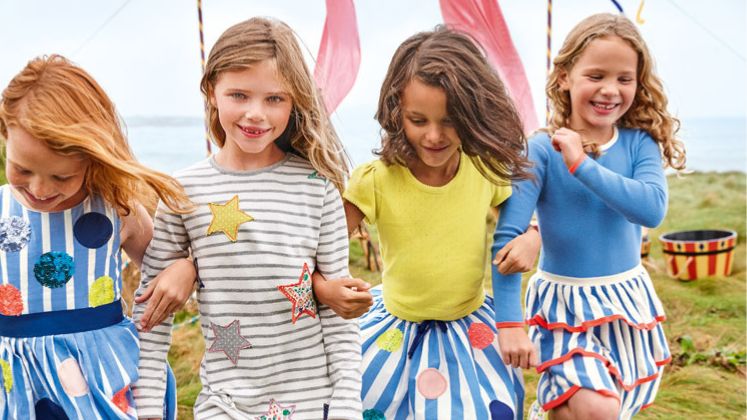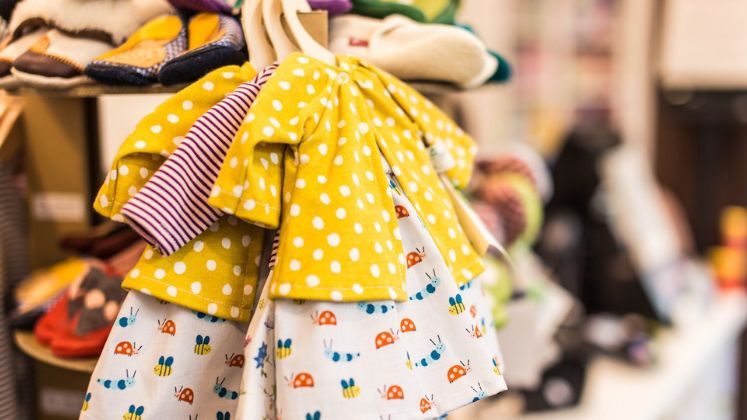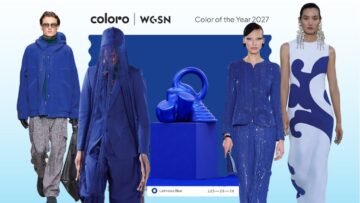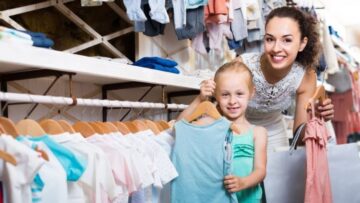The kidswear market in India is going through an exciting phase of expansion and progress. This is evident from various recent developments, such as Reliance Retail, a major retailer, making a significant move by acquiring Ed-A-Mamma, a kidswear brand specialising in natural fabrics, for Rs.300 crore. Additionally, Bengaluru-based Miniklub, a childrenswear brand with a value of Rs.107 crore, is planning to introduce 75 Exclusive Brand Outlets (EBOs) next year. Another notable collaboration is between Mensa, branded as the fastest unicorn, and BonKids, a prominent marketplace for licensed children’s items in India. These decisions highlight the keen interest of retailers, regardless of their size, in wanting a share in the ever-growing segment.
The kidswear market in India holds immense potential, with approximately 444 million children aged between 0-14 years, making it an extremely profitable sector within the Indian retail industry. Both established manufacturers/retailers and start-ups are eager to capitalise on this lucrative opportunity. With a presence of over 800 kidswear brands in the market, there is a strong belief in the continuous growth of the Indian kidswear apparel market, with impressive year-on-year projections. In fact, according to IMARC Group‘s forecast, the kidswear market is expected to reach US $ 24.5 billion by 2028, with a steady CAGR of 2.6 per cent from 2023 to 2028. This indicates a promising shift and signifies the sector’s sustained upward trajectory.
The Changing Virtue
Earlier fashion used to be limited to adult trends, but looking at the scenario in 2023, the influence of social media, the rise in disposable income, consumer demand for a diversified product portfolio and the increase in purchasing power for luxury clothing of children have opened opportunities for retailers to capitalise on the changing landscape. It’s not wrong to say that ‘millennial parents’ have also changed the dynamics of this industry by creating a demand for newer trends such as gender-neutral clothing, organic materials, the use of azo-free dyes and products with certifications such as BCI (Better Cotton Initiative), Cradle to Cradle, Ecocert, etc.
| The growth of e-commerce has significantly impacted the kidswear market. Parents appreciate the convenience of online shopping, as it offers a wide range of options, the ability to compare prices and reviews and doorstep delivery. Online channels have become an important avenue for parents to purchase kidswear, especially for the working parents. |
Agreeing with the above, Swati Saraf, President of Les Petits (a luxury fashion brand for kids that partners with renowned brands like Fendi, Versace, D&G, etc., and also features in-house brands such as Rang and Stella Rossa) discusses, “The kidswear segment in India is growing rapidly and has the potential to be a major player in the fashion industry. With the emergence of new trends, designs and fabrics, this market has become incredibly diverse. New brands are entering and the existing ones are diversifying their portfolio to cater to the growing demand. Moreover, with increasing internet penetration and online shopping platforms expanding their reach to Tier-2 markets, there are now more options than ever before for parents looking to purchase quality children clothing.”
| Over the years, riding the social media bandwagon, fashion has made its presence even in the kids’ segment leading to the creation of a separate kidswear industry as a whole. Considering the rate at which it is growing, in future it can claim a major pie in the fashion segment. Swati Saraf President, Les Petits |
Enormous consumer base and brands capturing the gap
Expanding consumer base and brand innovation are bridging the gap of demand. For instance, Colortone Garments, a subsidiary of First Steps Baby Wear and one of the second largest babywear manufacturers in India, has recently made a substantial investment of over Rs. 200 crore in Odisha to leverage their kidswear segment via their domestic brand Miniklub. With a monthly production capacity of nearly 10 million pieces and a turnover of around Rs. 700 crore in the previous fiscal year, Colortone Garments is clearly on a path of steady growth and expansion.
Another prominent player, Lux Industries Ltd., renowned for its hosiery business, is setting its sights on the kidswear market. The company has ambitious plans to generate revenue of approximately Rs. 100 crore from the kidswear segment within the next three years. Saket Todi, Executive Director, kidswear segment believes that there is no pan-India brand in the mid-premium segment catering to the kids’ category at present and they will surely tap into the growing demand.
Similarly, 2022 born Guugly Wuugly, an Indian kids’ apparel brand, has launched a website that enables customers to exchange their children’s old clothes for store credit, which can be used to purchase new items. Additionally, the company has introduced a digital factory outlet where customers can buy high-quality garments at discounted prices ranging from 40 per cent to 60 per cent, as these items failed quality checks or had minor defects. This has led to a remarkable over 2000 customer base as well.
| Emerging online kidswear brands | |
| Ed-a-Mamma | Masilo |
| Amala Earth | Poppabum |
| Gini and Jony | Lil Peacock |
| Cucumber | Indie Project |
| KidBea | Store |
| Greendigo | Essika Kids |
| Hopscotch | White water |
| Les Petit | kids |
| Miniklub | No nasties |
| Oui Oui | Miko lolo |
| Nauti Nati | Soul slings India |
| Little | Blooming |
| Kangaroos | flower |
| Little Sprouts | Tula |
| Cuddles for cub | Zeezeezoo |
| Kee Bee | MuuYee |
| Organics | Champ’s closet |
| Little Pockets | Tara Baby Shop |
| LuvLap | Hoop |
| Nino Bambino | BA*BA |
| The Mom Store | kidswear |
| Choti Chopad | Nottie Planet |
| Abacus Kids | StyloBug |
| Kapkids | Chakori |
| Bonkids | |
Another notable Mumbai-based D2C kids clothing brand is Hopscotch. The brand raised US $ 20 million in a funding round led by Amazon. Following a similar trajectory is Popees MD Shaju Thomas, based in Kochi, who has an impressive capacity of producing 5 lakh garments every month. The brand primarily focuses on childrenswear and has made significant strides by adding 32 exclusive outlets in south India, alongside numerous multi-brand outlets stocking its products. Shaju Thomas is optimistic about the segment’s potential and has ambitious plans for retail expansion in the upcoming years.
Instagram has also led to the opening of hundreds of brands such as Indie Project Store, Essika Kids, Little People’s Label, Miko Lolo, No Nasties.
Upcoming trends in the kidswear segment: Spotlight
One such untapped trend that is now catching up speed is organic and sustainable clothing, as parents become more cautious about their children’s health and the environmental impact. Retailers are seizing this opportunity by offering a range of conscious clothing. Brands like Alia Bhatt’s Ed-a-Mamma have embraced sustainability and eco-conscious practices in their childrenswear offerings. Ed-a-Mamma’s new collection, designed for children aged 4-11, uses sustainable textiles and environmental-friendly materials, setting a positive example for the industry to follow.
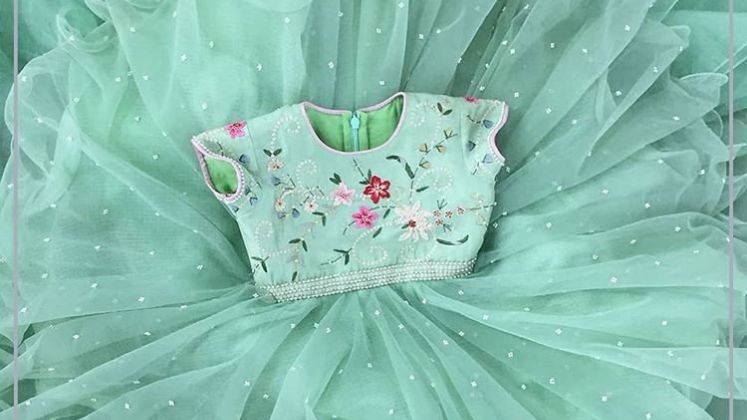
Swapnil, CEO of Kidbea, a kidswear-funded brand based out of Noida which develops anti-bacterial, spill proof, bamboo plant-based kidswear clothing for infants and newborn, in conversation with Apparel Resources (AR) states, “No doubt organic clothing is the trend and yes, it is the future but it does not come easily.” He further states that while the potential for growth is immense, the kidswear segment faces some challenges, particularly in sourcing and promoting organic products. India’s maximum sourcing for kidswear is concentrated in regions known for their textile industries such as Tirupur, Ludhiana, Ahmedabad, Surat and Bengaluru. But as they say, all that glitters is not gold. The progress of organic kidswear market faces hiccups such as higher costs compared to conventional clothing, limited consumer awareness, competition from imported brands and relatively small market size.”
| Parents often look up to influencers, bloggers and online communities for inspiration and advice. Platforms like Instagram and Pinterest showcase trendy outfits, styling tips and brand recommendations, shaping parent’s choices in kidswear. Swapnil Srivastav CEO of Kidbea |
Another promising avenue for the kidswear market is premium and designer kidswear label. India’s diverse culture and vibrant festivals present a significant opportunity for brands to cater to the demand for high-quality ethnic and designer clothing for children. Notable designer kidswear labels like Mumbai-based Payal Singhal, New Delhi-based Abhinav Mishra and Hyderabad-based Anushree Reddy are prominent in offering ethnicwear and fusionwear for kids.
Another trend gaining rapid popularity these days is the concept of ‘mini-me’ outfits, where parents and children dress alike. Retailers are increasingly embracing this trend by offering matching outfits for parents and kids, creating a unique selling proposition that appeals to families seeking a special bond through fashion. It is popular phenomenon in brands like Burberry, D&G but the Indian designers and retailers are catching up quickly.
Furthermore, experts from the industry believe that bright colours are set to take centre stage in the ongoing trend analysis. Vibrant neon green, hot pink and electric blue are becoming go-to choices, and the retro style is making a remarkable comeback.
“Vintage styles are making a comeback in the fashion world and this trend is also being seen in kidswear. In the upcoming time, we can expect to see kids wearing clothes inspired by the 1970s, 1980s and 1990s. Think bell bottoms, platform shoes and neon jackets. These retro styles are sure to add a touch of fun and personality to kids’ wardrobes,” adds Swapnil.
Continuous innovation in style and comfort will keep the market afloat
By staying ahead of trends and incorporating cutting-edge materials, brands focus to create a compelling value proposition that resonates with both children and parents alike. Swati Saraf states, “To stay afloat and ahead in this competitive market, retailers must continue to innovate, diversify and adapt to meet the ever-changing needs of their customers. We recognised the immense potential of kidswear and took the initiative to expand our offerings. Starting as an apparel brand, we diversified into various verticals, making our brand a one-stop shop for kids’ products. Our product range now includes accessories, toys, amongst others, catering to a wide array of customer needs. Moreover, we have seen significant traction from Tier-2 cities and plan to further enhance our presence in these regions, ensuring accessibility to customers across the country.”

